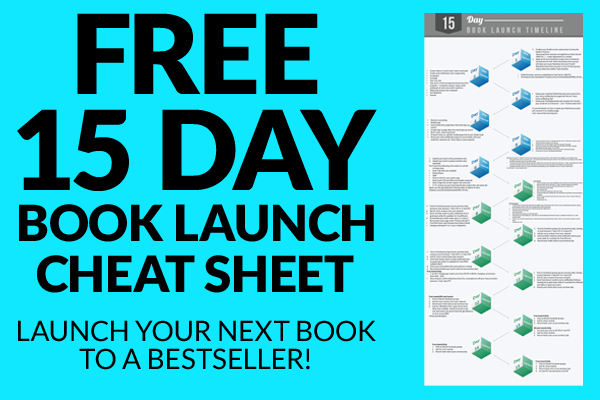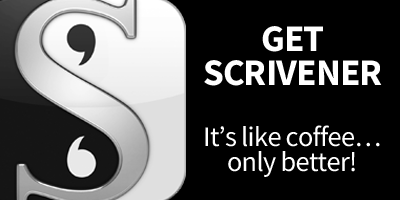Guess what?! Steve and I have started back on our journey together in co-writing a book, our YA novella about a teen witch called Dixxon…
And I’m the new fiction author! I cannot tell you how overwhelming and scary it is for me to contemplate writing a fiction book. I think what scares me the most is creating dialogue and explaining surroundings… I’m not overly confident that I can tell a story well, but I won’t find out until I start.
I’m extremely thankful that Steve is with me through this journey, because I’m not sure that I would have even gone down this path without his support!
One of the first things Steve told me to do, before even attempting to write a word, is to understand the 4-Part Story Structure. Upon learning about this for the first time, I was amazed at how similar it was to outlining a non-fiction book, and confidently thought to myself, “I’m going to be able to write fiction relatively easy following this…”
Oh how naive I was!
Understanding 4-Part Story Structure
I started out by re-reading Steve’s NDN: Outlining book, because it seemed the most logical place to start, and Steve tasked me with this ‘light reading’ over the holiday break. I then followed it up with NDN: Writing, because that made logical sense to me…
I’m definitely not going to be a “pantsing” type of fiction writer, I would definitely be someone who would write herself into a corner and go crazy trying to back my way out!
No, I’m definitely a planner, which is why 4PSS appeals to me, and thank god Steve agrees!
Here’s some of the reasons why he thinks using 4PSS is better than pantsing it:
- It saves you time, because you can plan the bones of your story out, cutting down on the time you spend writing the book
- You can quickly spot story problems, because you’ve got a high-level overview, you can see story problems, potential pitfalls and plot holes before you start writing the meat
- It allows you to brainstorm ideas because you’re mapping it out beforehand and helps you get clear on what type of story you’re going to be telling
- It allows you to foreshadow with ease.
“What the heck is foreshadowing?” That’s what I said when Steve first mentioned it to me… basically, foreshadowing is leaving some little easter eggs throughout your story that point to a future event potentially happening, ie foreshadowing.
Once I understood this, it actually ruined a few movies for me, because I was able to spot the foreshadowing in the storylines, whereas prior to being aware of it, I was blissfully caught up in the story. The trials of being a well-informed fiction writer!
My apologies if you didn’t know what foreshadowing was either and now you spot it everywhere! It can be hard to ignore once you’re aware of it…
Ok, now that that is out of the way, let’s dive straight in and see if I’ve grasped how the 4PSS actually works…
Part 1: Setup
In part one, the focus is on setting the scene. You want to focus on introducing the main characters, create a killer hook event and outline what’s at stake for the hero. You’re gonna throw in some foreshadowing, set up inciting events and hit the first major plot point — an inciting incident.
I like to think of it as the first quarter of the book, and visually, it’s one week on the calendar.
Part 2: Reaction
As Steve puts it: retreat, regroup and then run!
This is where you might introduce supporting characters, and show what their reaction is to the first plot point. Then we introduce a pinch point, where you allude to some type of evil force or foe.
Next, you follow up with your hero’s reaction to this pinch point, lead up to the midpoint of the story, reach the midpoint and then reveal what the hero is really up against.
You’ve now reached the middle of your novel/novella. Congratulations! This is where I know I’m going to be jumping up and down for joy 🙂
Part 3: Proaction
In Steve’s words: Doomed attempt to take action…
Now we’re getting to the good stuff! This is where we’ll see our hero and friends’ reaction to this the midpoint. Next up will be the second pinch point, where you’ll allude to the evil again, get everyone’s reaction and then move into a lull where the reader can catch their breath and digest what you’ve just thrown at them.
And then we’re off again, running towards the second plot point where everything is going to change and the clock starts ticking for the hero to defeat the evil force… will they or won’t they?!
Part 4: Resolution
Now you’re hero is going to face reality and decide whether it’s fight or flight. There will be a climactic battle scene with a resolution that ties up all the loose ends and a new equilibrium is reached… or a cliffhanger if you’re writing a series.
And it’s as simple as that, right?
I can hear Darth laughing his evil laugh right now…
As we speak, Steve is cracking the whip on this fiction virgin, so I better get back to it! Stay tuned though… we’ll have an opportunity for you all to get a behind the scenes look at our whole co-writing process at the end of the month… and you might even get to read our first book!


